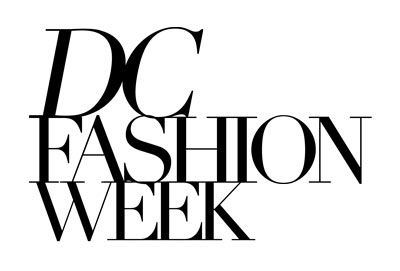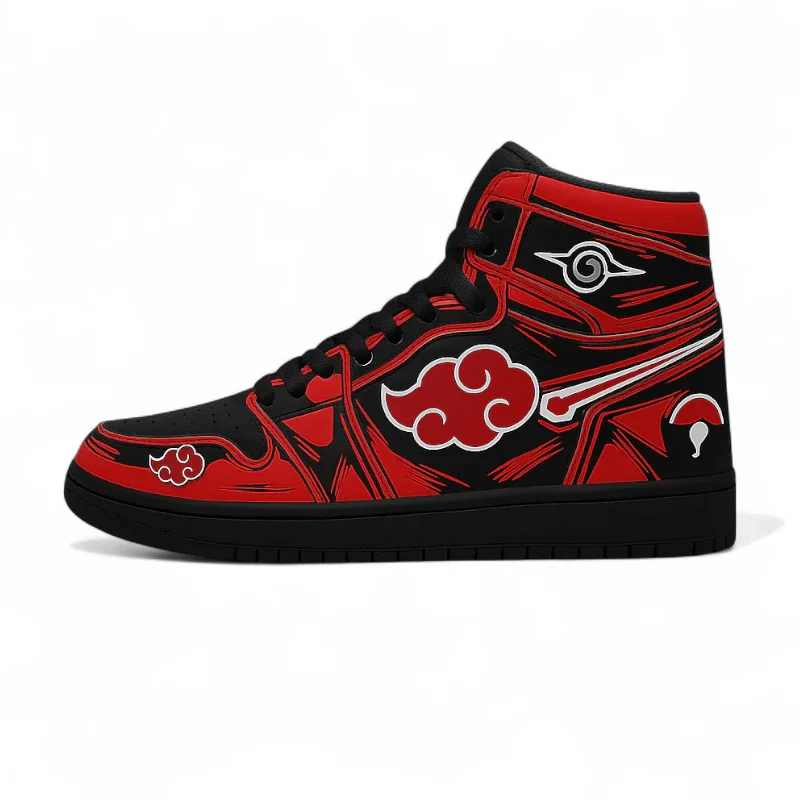A shoe off the shelf assumes your feet are average. Same instep. Same width. Same life.
But you’re not average—and neither are your feet.
In fact, a 2021 Footwear Science Journal study found that 72% of men wear the wrong shoe size, often because mass brands ignore width variance. The result? Blisters, bunions, or just bad style. Custom fixes that. You get precision, intention, and a footprint that’s entirely your own.
And if you think custom means $2,000 and a six-month wait, think again.
Let’s break it down.
Path 1: Local Ateliers – Hands, Leather, History
You know the smell. Rich, like old books and tobacco. That’s a good sign. A real atelier isn’t sterile—it’s alive. Tools scattered. Leather scraps on the floor. Maybe a worn photo of a grandfather stitching soles in Milan.
These shops don’t advertise much. You find them by walking.
In Tokyo’s Nakameguro, there’s a one-man workshop where you wait four months and pay $800 for the cleanest derby you’ve ever seen—stitched by hand, heel stacked to your specs.
In Florence, look for those who trained under Stefano Bemer. You’ll hear them talk about tension in the welt like chefs talk about salt.
– Expect to pay between $600–$2000, depending on materials and location.
– Lead times vary: 4–16 weeks is standard.
– Each visit adds refinement—the first fitting is never the last.
If you want a deeper dive into this rabbit hole, Esquire’s deep dive into Goodyear welts is required reading.
And don’t expect full luxury in the first try. That takes a few pairs—and the right cobbler.
Path 2: Online Configurators – Pixels, Precision, Freedom
Let’s say you’re not in Tokyo or Naples. You’ve got Wi-Fi, taste, and a vision. That’s enough.
Modern builders let you tweak every detail: vamp color, heel type, sole thickness, even embroidery. You build it like a playlist.
Take this custom sneaker builder, for example. You start with a clean silhouette—maybe a low-top, maybe a boot. Then it’s up to you. Midnight blue base, metallic eyelets, gum sole. No one’s got it but you.
– Average price: $150–$300
– Turnaround: 2–4 weeks
– Returns? Rarely allowed. Be precise with size charts.
Some platforms use 3D modeling, others use high-res renders. The trick is knowing your foot well—trace it, measure arch height, compare it to brands you wear often.
Curious about costs across platforms? This industry report on bespoke pricing gives a great overview.
Also, check if the company uses full-grain leather or PU. Some brands dazzle you with design but cheat on the material. Trust your fingertips. Full-grain feels warm, almost waxy. PU feels dead.
Path 3: Heritage “Old Money” Labels – Stealth Wealth in Stitching
If your vibe leans more Rothschild than resale hype, head to the heritage houses. They don’t scream logos. They whisper quality.
Think English brogues with seven-eyelet spacing. Think Belgian loafers with silk knots. Think shoes that still look good after a decade of wear because they weren’t meant to trend—they were built to last.
These aren’t custom in the tech sense. But they’re “custom” in the cultural sense. The patterns haven’t changed in 50 years. Because they nailed it already.
Start with the old-money shoes collection. You’ll see penny loafers, suede monk straps, and full-grain derbies with rolled edges. Every pair tells a quiet story—no branding, no flash, just construction and cut.
– Average cost: $30-$100
– Ready-to-wear, but often recraftable
– Ideal for men who want to age into their shoes, not rotate them monthly
Want a breakdown of these classics? Permanent Style’s guide to heritage shoemakers is gospel-level info.
Red Flags & Pro Tips
Let’s not get seduced by high-res mockups. Here’s how to spot the real deal from the racket:
– Returns matter – If there’s no sizing exchange, make sure they offer half sizes or width options.
– Materials lie – “Genuine leather” isn’t great. Look for full-grain or vegetable-tanned leather.
– Sole talk – Blake-stitched soles bend easier, but Goodyear-welted lasts longer and is easier to resole.
– Check the last – The last (shape mold) defines the fit. Ask if it’s standard D-width or if they offer wider/narrower lasts.
Also, ask about the shank. A steel shank stabilizes the arch. No shank? You’ll feel it on your knees after a long day. Don’t trust brands that gloss over this.
Lastly, don’t be afraid of asking dumb questions. Good makers love nerds.
Mini Case: 2024’s Best Frankenstein Shoe Wasn’t a Joke
Late last year, GQ Korea profiled a Seoul-based designer who fused a basketball sneaker upper (in veg-tan calf) with a double monk strap closure and stacked leather sole. What sounds like a mess ended up clean—think Jordan meets John Lobb.
He prototyped it using an online tool, then worked with a local craftsman for finishing. Took six weeks. Cost him $450. Went viral on Reddit’s r/malefashionadvice and sold 30 pairs by word of mouth.
More proof that weird works—when it’s personal.
You Still Smell the Leather, Don’t You?
That same Brooklyn loft? The glue dried now. The shoes are cooling under soft lamplight. You run your finger across the heel stack—smooth as marble, sharp as pride.
The kind of shoe that starts conversations before you’ve even said a word.

